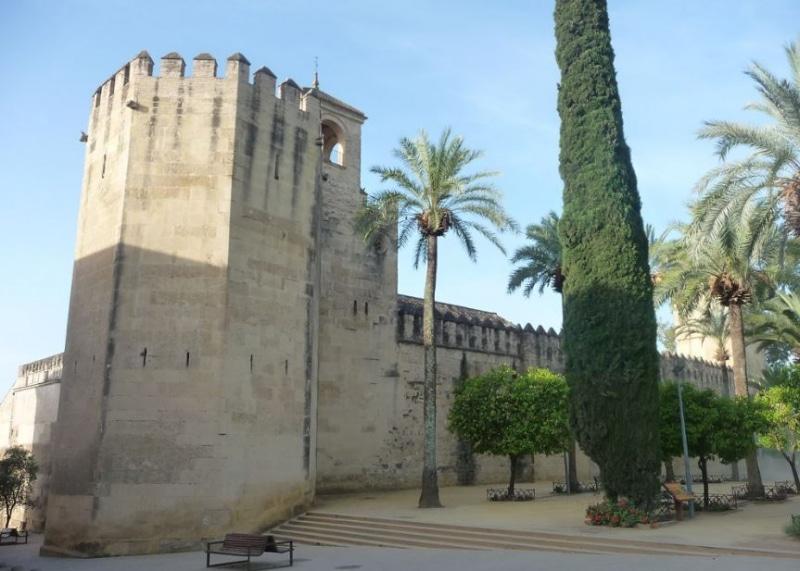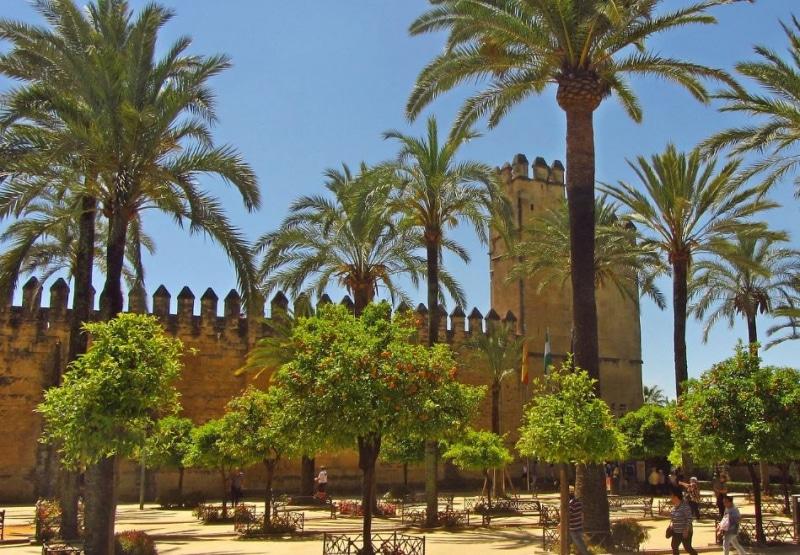Alcazar Fortress Cordoba
Removed from Unnamed collection





Source: Alex, Diatomic Tours Images may be subject to copyright. Learn More
Nestled in the heart of history, this building once served as the royal residence for Christian monarchs. Over time, it transformed into the site of the Courts of the Holy Offices, then a civil prison, and later a military prison. It's surrounded by breathtaking gardens, including the Avenue of the Monarchs. This particular garden is a sight to behold, with statues honoring all the monarchs associated with this palace-fortress. In 1931, it was honored with the status of a Historical Monument. Recognized for its cultural significance, the area became a UNESCO World Heritage site in 1994. Since 1986, the gardens have been safeguarded by town planning laws, preserving their beauty for future generations. The building itself is perched atop the remnants of an ancient caliph's palace, adding layers of history to its foundation.
The gardens are a delightful escape. Imagine strolling through lush greenery, with the gentle sound of fountains and the scent of blooming flowers in the air. It's a serene experience that feels like stepping back in time. If you're planning a visit, don't miss the opportunity to explore the gardens at sunset when the light casts a magical glow over the statues and pathways. This place offers not only a glimpse into the past but also a peaceful retreat from the hustle and bustle of modern life.

 Alex, Diatomic Tours
Alex, Diatomic Tours  Spain
Spain